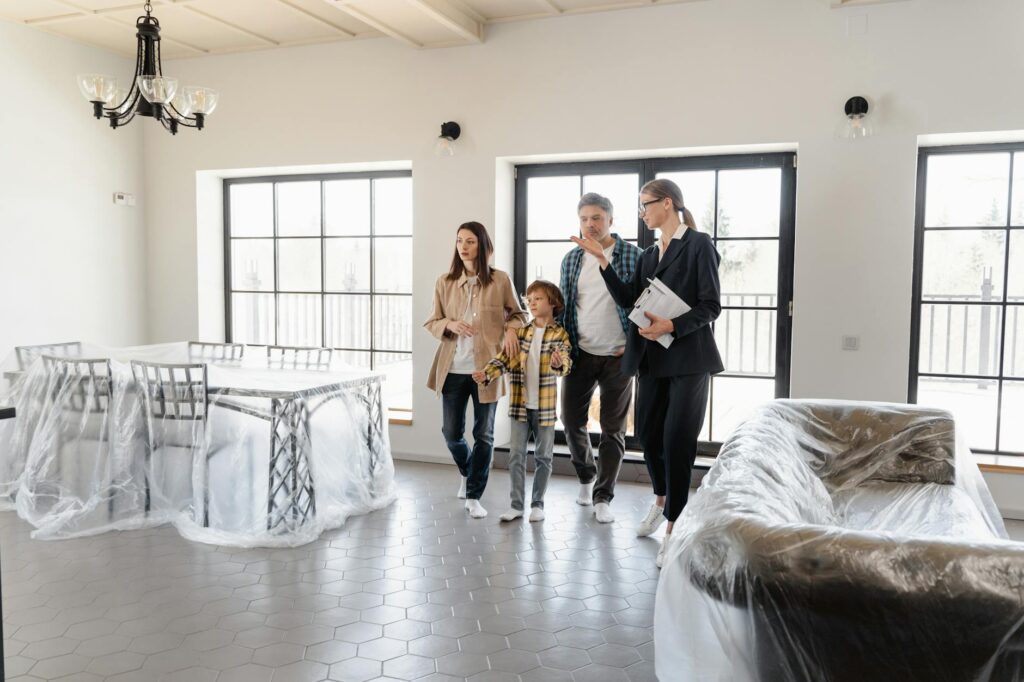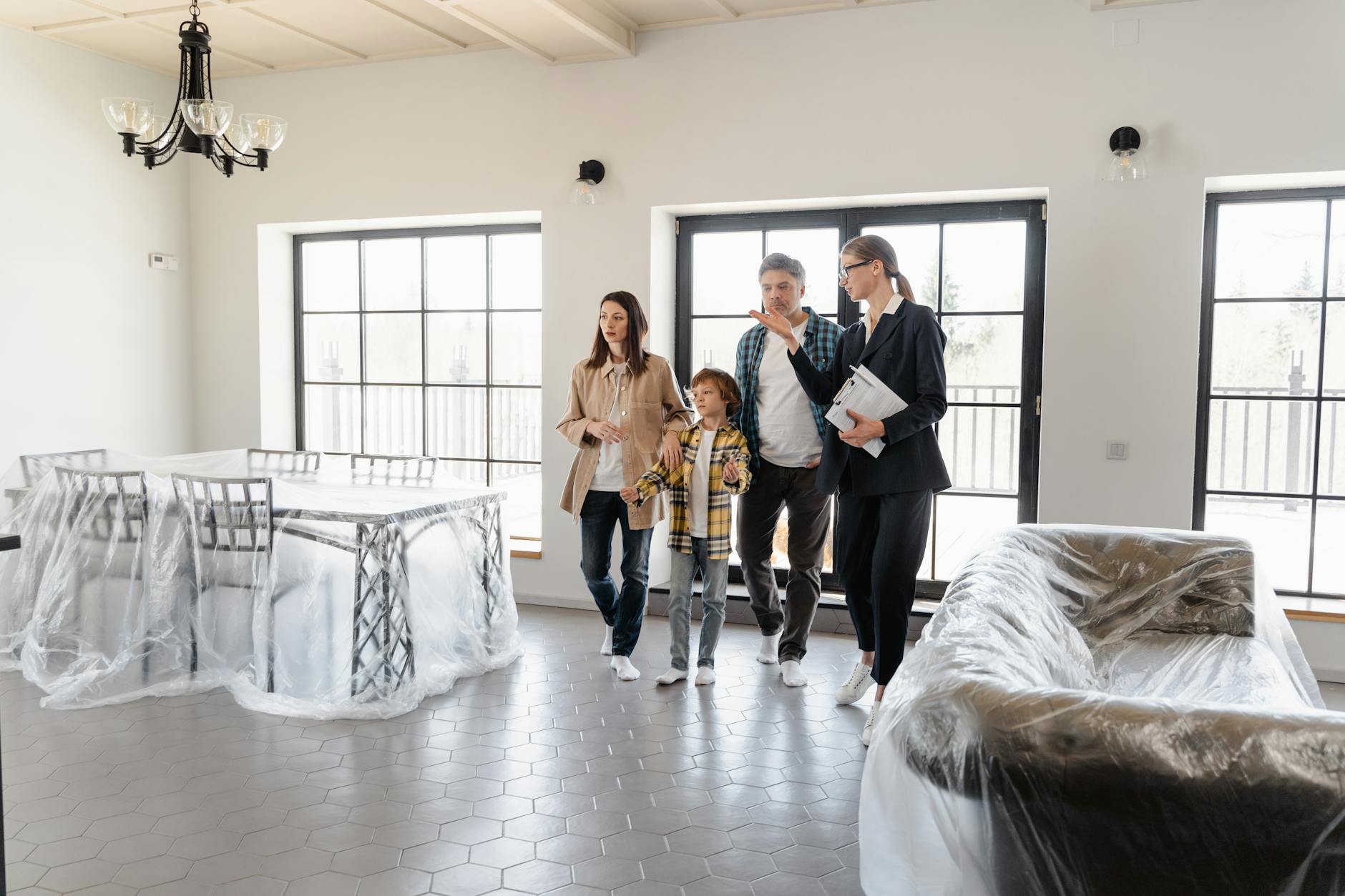Are You Making These 7 Common Furniture Buying Mistakes?
Buying furniture can be an exciting endeavor, but it’s also one that requires careful consideration and planning. Just like any other significant purchase, there are plenty of pitfalls and mistakes to avoid. Even if you’re the most seasoned shopper, you’re not immune to making these common furniture buying mistakes.
If you’ve ever found yourself stuck with an oversized couch or sporting buyer’s remorse over a table that clashed with everything else in your living room, then you know the importance of careful and strategic furniture buying. Continue reading to find out if you’re guilty of these seven frequent furniture buying blunders and learn how to avoid them!

Mistake #1: Ignoring Measurements
The first and most common mistake people make when buying furniture is ignoring measurements. It’s easy to fall in love with a piece of furniture at a store or online, only to realize it doesn’t fit your space when you get it home. So, make sure to measure not only the room but also the doorways, hallways, and staircases it needs to pass through for delivery.

Mistake #2: Not Considering the Scale of the Furniture
Size matters, but so does the scale. That refers to how the furniture relates to the room and other pieces in it. For instance, a heavy, large couch might alter the balance of a small living room and make it feel cramped. Maintain balance and harmony by selecting furniture pieces that complement each other.
Mistake #3: Disregarding Comfort and Functionality
While an artistic and design-focused piece may add an aesthetically pleasing effect, don’t forget that furniture serves a purpose. Do the chairs feel comfortable to sit in? Will your dishes fit in the new cabinet? Can you easily reach the coffee table from the sofa? Remember that form should always follow function.
Mistake #4: Failing to Reflect Your Lifestyle
Your lifestyle should heavily influence the type of furniture you buy. If you have children or pets, you’ll want to avoid light-colored, delicate fabrics and sharp, easily chipped corners. Investing in durable and practical pieces that reflect your daily life will ensure longevity and satisfaction.
Mistake #5: Overlooking the Importance of Color and Material
Choosing furniture that contrasts sharply with your current color scheme or the material of other furniture pieces can cause cohesion issues. Create a harmonious, visually pleasing space by coordinating colors, textures, and materials.
Mistake #6: Shopping Without a Plan
Impulse buying usually leads to dissatisfaction. Avoid the negative impacts of spontaneous shopping by making a list of what you need and want. Research, compare prices, seek professional advice, and make thoughtful, informed decisions. This blog post has some excellent tips on creating a buying plan.
Mistake #7: Prioritizing Price Over Value
While keeping to your budget is important, the cheapest option isn’t always the best. Quality furniture can be an investment that pays off in the long run. So, focus on value for money rather than just price.
Hopefully, being aware of these common mistakes will help you make smarter furniture choices. We’ve got an informative article to help you fathom the best furniture materials and an insightful post on aligning your furniture with your lifestyle. And, if you’re interested in more ways to avoid home decor disasters, you can read up on those here, here and here.
Frequently Asked Questions
Q: What’s the most important thing to remember when buying furniture?
A: There isn’t one single aspect that outweighs others. However, considering size, scale, lifestyle suitability, comfort, color, material, and value for money will help you make the best choice.
Q: Is the most expensive furniture the best?
A: Not necessarily. Quality, functionality, and style should be your main considerations, not price.
Q: How do you keep a balanced look when buying furniture?
A: Consider the scale of the piece in relation to the room and other furniture pieces. Also, maintain a consistent theme in terms of color and material for a harmonious look.
Q: Why is a buying plan so important?
A: A buying plan prevents impulse purchases and ensures you prioritize your needs and consider your budget. It leads to more informed and satisfying buying decisions.
Q: Where can I find more information about purchasing furniture?
A: This blog provides numerous posts related to furniture buying. You can browse through our archive or use the search bar to find specific topics.





